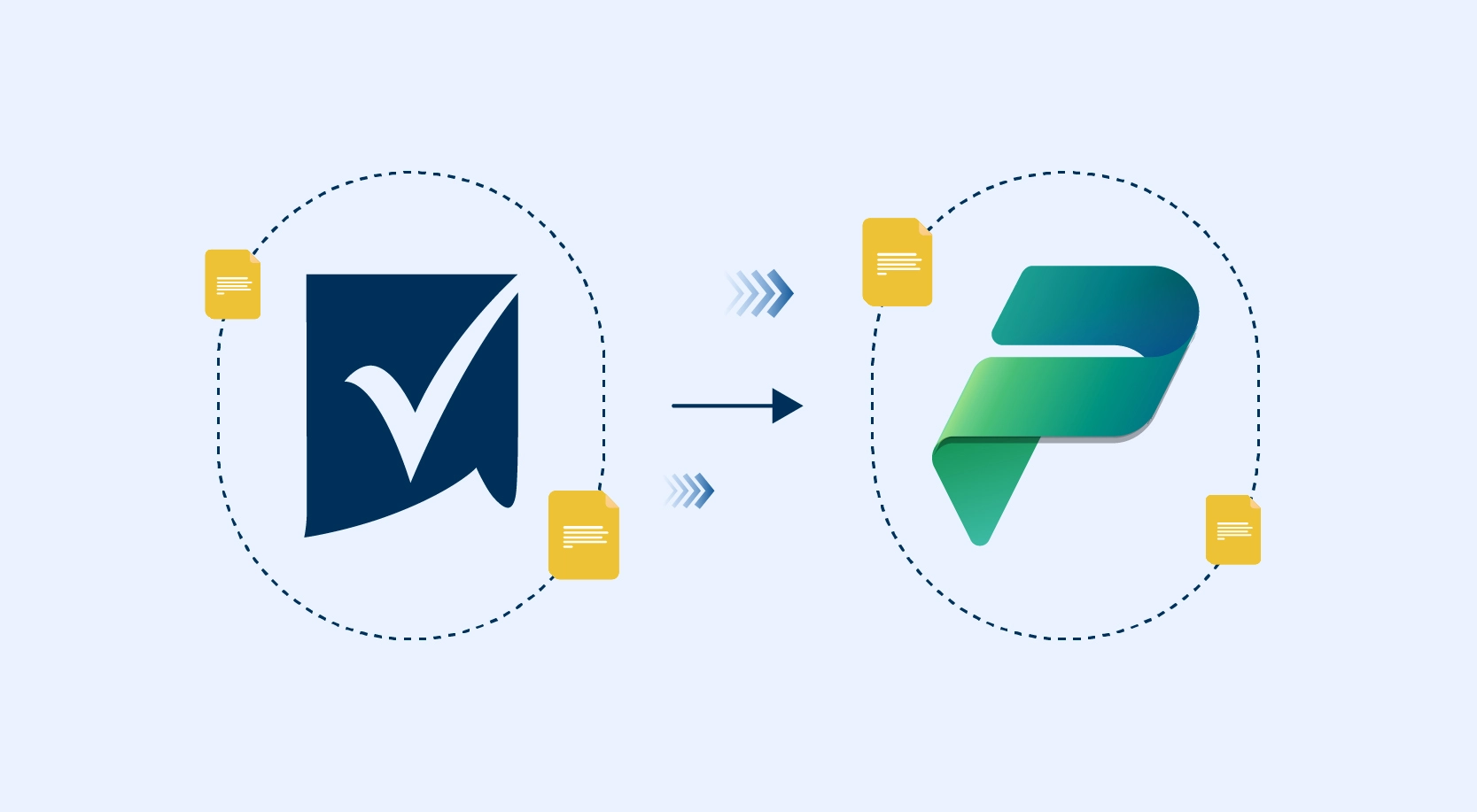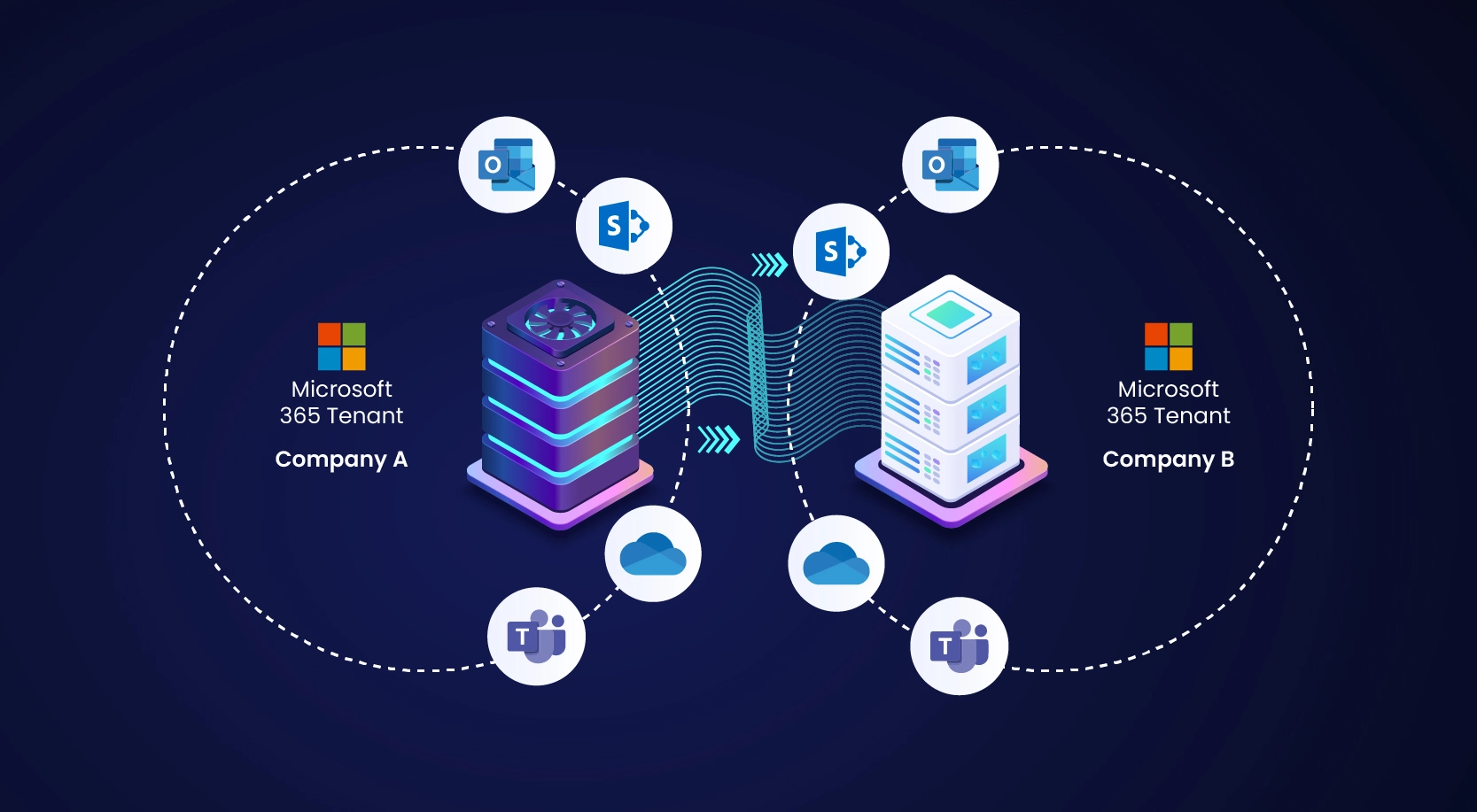
Every organization wants efficiency—but at what cost?
Smartsheet is a user-friendly project management tool that works well for small teams. But as your organization grows, its limitations undeniably become hard to ignore: licensing fees pile up, integration gaps emerge, and teams juggle multiple systems instead of working seamlessly. For enterprises already invested in Microsoft 365, the case for moving from Smartsheet to Microsoft Power Platform becomes increasingly compelling. The transition not only streamlines operations but also unlocks deeper integration, scalability, and long-term cost savings.
Smartsheet Costs More Than You Realize—Here’s Why
You may find Smartsheet an affordable choice at first, but over time, those unseen inefficiencies pile up, costing you more than you might expect.
- Expensive licensing fees—With costs ranging from $450 to $500 per user per year, the bill shoots up quickly, especially as your team expands.
- Wasted spending on unused seats — Many companies pay for more licenses than they actually need, pouring money into accounts that go unused.
- Integration struggles — Smartsheet doesn’t integrate that smoothly with Microsoft-based setups, leaving teams feeling stuck with frustrating workarounds and extra manual work.
A leading biotech company we recently worked with was encountering all these exact challenges. They wanted to change their approach and explored a few alternatives, which is when they turned to us.
Microsoft Power Platform: A Better Alternative
Instead of staying with Smartsheet, that company shifted to the Microsoft Power Platform, which aligned with the Microsoft 365 tools they already had.
They successfully migrated to:
- Microsoft Lists & Planner: for project and task management.
- SharePoint Online: for centralized data storage and collaboration.
- Microsoft Forms: for simple data collection and workflows.
- Power Apps & Power Automate: for custom applications and workflow automation.
This switch is projected to cut their Smartsheet licensing costs by about 70%, yielding significant annual savings. By consolidating onto the Power Platform, teams now work in one connected system, improving collaboration and productivity.
Migrating Smartsheet to Microsoft Power Platform
It does seem overwhelming to switch to a new platform, but with a well-planned strategy, you can make the move hassle-free and achieve optimal results.
WinWire guided the client through the transition with a clear, structured plan, making the process smooth and stress-free.
- Understanding and Emphasizing Needs—We looked into their Smartsheet setup to determine what was useful, what wasn’t performing well, and why that mattered.
- Customized Migration Plan—We paired each workflow with the right Microsoft tool, ensuring a smoother experience—not just a different one.
- Effortless Integration—We ensured the new tools fit naturally into their existing IT landscape, so everything worked together without the usual hiccups.
- Empowering Users—We delivered hands-on training with clear, no-fluff documentation, helping teams become comfortable, confident, and ready to roll.
The end result was a more cohesive digital workplace—redundant tools were eliminated, costs were cut, and a foundation was laid for future growth.
Why More Businesses Are Moving—and Why It Makes Sense?
This isn’t just a one-time thing. Businesses across industries are starting to rethink their reliance on Smartsheet. Many are realizing they can get the same—or even better—functionality using Microsoft 365 tools they already have. Why pay extra for something when the solution is right at your fingertips?
One big reason companies migrate from Smartsheet to Microsoft Power Platform is the powerful integration with Office 365. Outlook, Teams, OneDrive, and other Microsoft tools all work together, allowing you to manage emails, schedule meetings, share files, and even automate tasks in a single environment. This eliminates the need to juggle multiple apps and keeps communication flowing across teams. It also supports real-time collaboration—where everyone can co-edit documents and instantly see updates. Add in robust security, user-friendly management, and the Power Platform’s low-code environment, automation capabilities, and deep Microsoft 365 integration, and you get a truly connected workspace that future-proofs operations while helping you trim costs.
If you’re still on the fence, the question isn’t if you should think of leaving Smartsheet—it’s when you’ll make the move.
And have you decided to make the move? Here’s how to start
- Audit your current Smartsheet usage: Are you paying for features that Microsoft 365 already provides?
- Analyze your workflows: Identify which Power Platform tools will fit your needs.
- Put user adoption first — Technology works best when teams truly embrace it, so make it a key focus.
For enterprises looking to simplify operations, reduce costs, and improve collaboration, moving from Smartsheet to Microsoft Power Platform is undeniably the next step forward.
What’s Next
WinWire has helped enterprises across industries seamlessly transition from Smartsheet to Microsoft Power Platform—ensuring minimal disruption and maximum cost savings.
Let’s make your move effortless. Our experts will:
- Assess your current workflows
- Map out a custom migration strategy
- Provide hands-on support to ensure your teams hit the ground running
Ready to get started? Let’s talk!
Contact us today to begin your Smartsheet-to-Power Platform transition.






